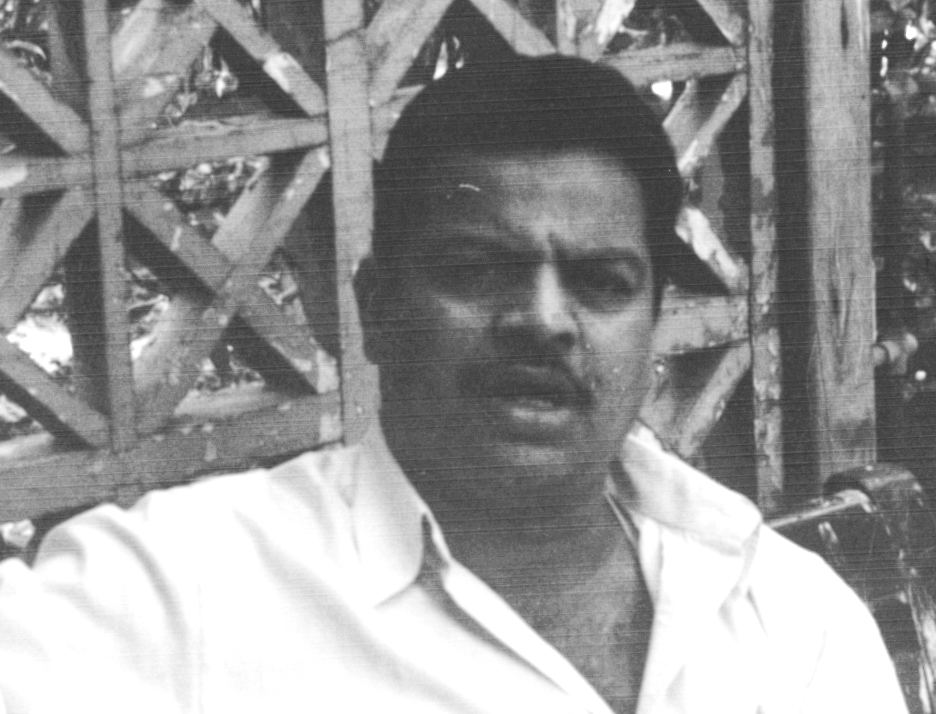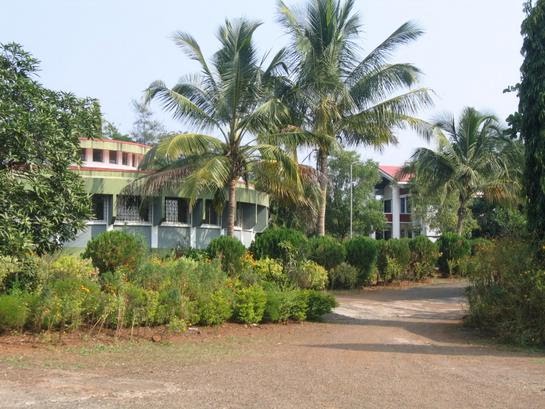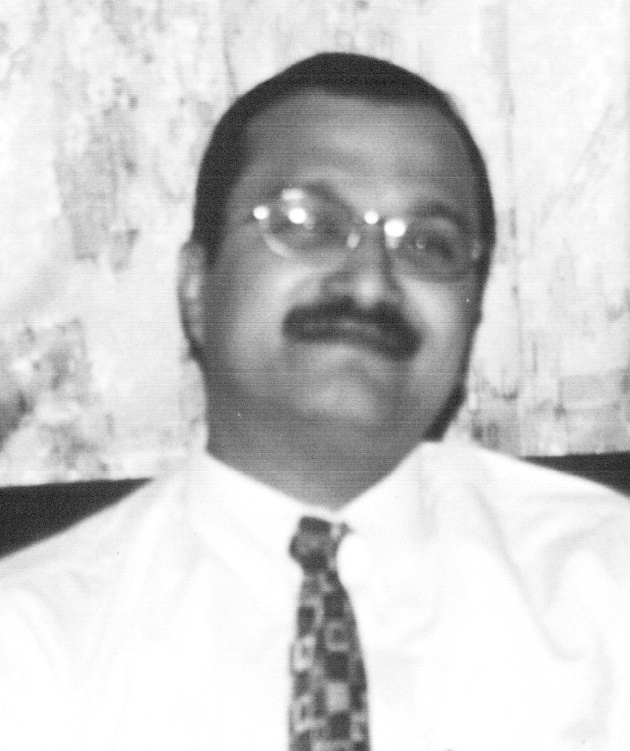
Narayan Ananthakrishnan
Publisher
In his late 30s, Narayan Ananthakrishnan, a father of two, was suddenly faced with a medical emergency. He had to undergo a brain surgery at less than 24 hours notice. Which hospital should he choose? Guided by his neuro–surgeon, who consulted with three such institutions, Narayan opted for the low–key Holy Family Hospital at Bandra, Mumbai. Recalling those harrowing weeks, in conversation with Communalism Combat, during which his life hung in the balance, Narayan has warm memories of an institution that lived upto it’s calling — caring for a patient with dignity and compassion.
It was all such a shock. I was not even aware that I was bleeding in my brain. I merely felt an acute pain on the top of my eyes that was unbearable when I went in for the MRA scan. The diagnosis indicated that there was severe bleeding on both sides of my brain and I had to be operated upon immediately.
It all happened within the space of a few hours actually. I left home at around 9 a.m. in June 1999, went through the MRA scan and by 12.30 the diagnosis was known. Things moved at lightning speed after that because there was no time to be wasted. My brother–in–law, a doctor, helped me identify and contact a neurologist, Dr RD Gursani, immediately. There were two options before me in the choice of hospital (to which my neuro–surgeon, Dr Harshad Parikh is attached) since the third, the Hinduja hospital, was beyond our budget.
It was to be either Nanavati or Holy Family Hospital at Bandra. None of us were in favour of Nanavati. Faced with a critical operation upon which my life depended, we chose Holy Family because essentially I am a God–fearing person and we felt that being a Christian hospital, Holy Family Hospital, too, would at least be God–fearing!
It didn’t bother me which God or which religion. First of all, I had faith in the doctor recommended to me who consulted there. Secondly, though I am a Hindu it does not bother me which God or which religion I see in front of me. Be it a Muslim place of worship, a Christian one or a temple. It is the home of God.
I was in the hospital for just under two weeks. The nuns used to make their rounds, the father would come every single morning, check on how I was and ask, “How are you, son?” He would then bless me and say, “Don’t worry, son”. The first time he blessed me was on the morning that my operation was scheduled.
You see, I was under severe stress and pain. It was a critical operation. Soon after the surgery that lasted over four hours, the surgeon came and told my wife, Geeta, “Whichever God it is you pray to, go and thank him. Thank him that your husband is safe. The amount of blood that I have removed from his brain, it was not in my hands to save him. I operate with the same sincerity on all my patients. He survived because of God.”
For the first few days there was unbearable pain, so bad that I could not open my eyes. But my entire treatment there, the handling by the staff, the operative and post–operative care was impeccable. I had no complaints. Post–operative care in my case was especially important since I am diabetic. My blood sugar needs to be tested three to four times a day and the staff did not need to be reminded even one time.
I was in a non–AC room with two beds, but my room and the whole hospital was spotlessly clean, the atmosphere calm and all the rooms spacious and airy. The staff responded immediately to the bells by the side of every patient. The floors, the tables and the toilets were kept scrupulously clean. The staff is well–trained and conscientious about injections and cleaning wounds, the sort of thing that is vital for a hospital.
The whole ambience and atmosphere of this hospital was enriched by the church just across. Patients can hear the mass as it is conducted and this is very soothing, you know. I noticed this only on the fourth and fifth day because the first three days were a living hell with the kind of pain I had to undergo.
The strange thing is that after my operation, we heard so many people bad–mouthing Holy Family Hospital because it is a charitable hospital and so on! I find this ironical because my treatment there by the staff from the ward boy to the nurses was faultless. What struck me most was that there was no indifference in their behaviour towards me. Be it someone in the general ward or the first class ward, they treated every patient with the same concern and care.
Every time my father visited me in the hospital he would say, “Whenever you are feeling sad and afraid, just look up there to the photograph of Jesus Christ. Just look at him and he will save you.
Some things from my harrowing experience have left a lasting impression. I have been to a number of hospitals. My father has been admitted two–three times for operations; we have even admitted him to the Ramkrishna Mission hospital that is also a charitable hospital. But there is a vast difference between the two hospitals. In the atmosphere, the treatment of patients, the caring and dignity, cleanliness, there can be no comparison.
One thing I remember clearly about the Holy Family hospital was the strict adherence to rules. They would not budge from the visiting hours rule, no body was allowed after the permitted time! Even my own brother–in–law, who is a doctor, was not allowed to enter the operation theatre because
he had not taken prior permission from the surgeon. He finally had to approach the head of the department for the clearance. They were very strict about certain things which I think is not happening in all the hospitals and which is why standards are not being maintained.
My wife stayed with me most days. There was another strict rule of not allowing children into hospitals to guard against their picking up any infection. On the seventh or eighth day I approached the Father to give me special permission to let me see my children for just five minutes. I had been through a tough time, come out of it but not seen their faces. I promised that I would not even speak with them and finally they allowed them to come and see me.
The only thing that I remember on the negative side was their inability to register my request for a pure vegetarian meal, be it breakfast or lunch. I made repeated requests to the dietician but the request just would not register! It might sound facetious but once I find either egg or fish in the plate I just lose my appetite. But all things considered I feel that this was a relatively minor complaint.
Above all else, I got this efficient and considerate treatment at a decent and affordable rate. My total bill for a serious brain surgery and fourteen days of hospitalisation, including the surgeon’s charges (normally we have to pay doctors separately) amounted to Rs. 70,000. We must have spent another Rs.15–20,000 on medication and injections purchased from outside. Can you ever contemplate such reasonable treatment in a so–called private hospital?
Besides, no section of the staff was on the look out for tips every other day that has become the hapless norm in most hospitals in the city. From the man or woman who swept the floors to any other member of the staff, they did not accept tips.
I wanted to give them a donation in cash or kind before I left the hospital as a token of my appreciation but they simply refused. My father even spoke to the head sister in Malayalam explaining that what we wanted to give was a token of our appreciation for the institution but she simply said that their rules forbade her from accepting. “The fact that you recovered well is sufficient for us,” she told my father.
We all left the hospital, extremely happy. The greatest happiness of course was in my recovery itself from a critical and sudden brain surgery. Coupled with the warm treatment I received there.
Every time my father visited me in the hospital he would say, “Whenever you are feeling sad and afraid, just look up there to the photograph of Jesus Christ. Just look at him and he will save you.” The photograph of Jesus hung just above my hospital bed.

.jpg)








